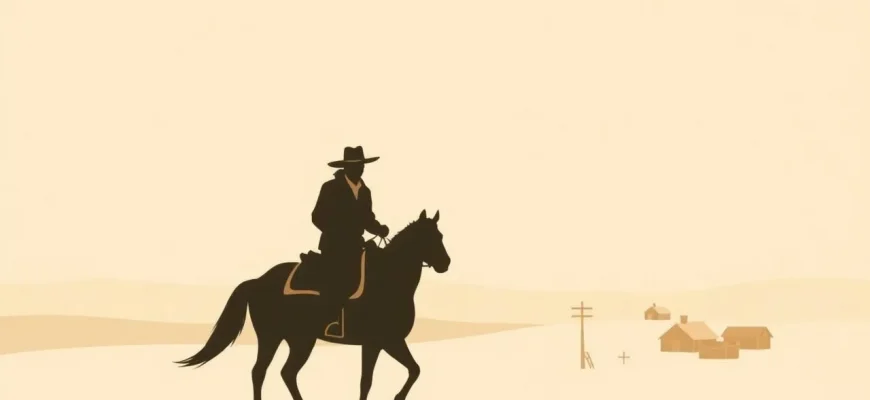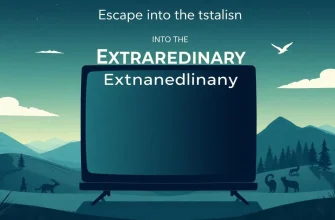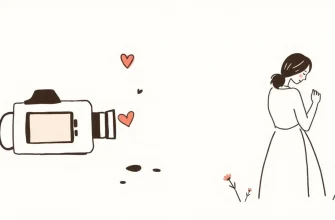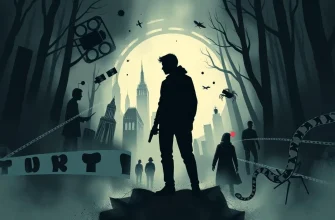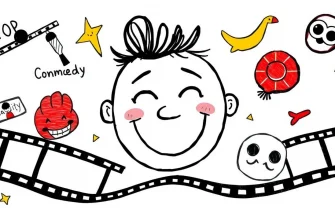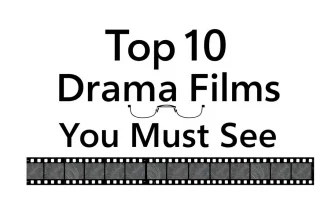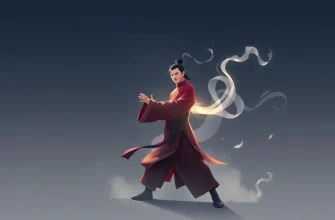Saddle up for a cinematic journey through the rugged landscapes and lawless towns of the Wild West. This collection of 10 iconic western films not only showcases the genre's rich history but also highlights its evolution from classic tales of cowboys and outlaws to modern reinterpretations. Whether you're a seasoned fan or a newcomer to the genre, these films offer a thrilling ride through time, capturing the spirit of adventure, justice, and the untamed frontier.
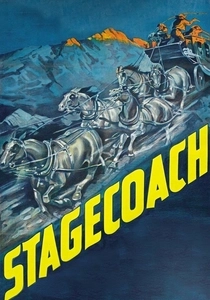
Stagecoach (1939)
Description: John Ford's landmark film that revitalized the western genre, focusing on a diverse group of passengers on a stagecoach journey through Apache territory.
Fact: This was John Wayne's breakthrough role, and the film was one of the first to use Monument Valley as a backdrop, setting a trend for future westerns.
 Watch Now
Watch Now 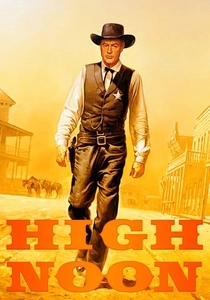
High Noon (1952)
Description: A real-time thriller where a marshal must face a gang of killers alone after the town refuses to help him. It's a study in moral courage and community.
Fact: The film was made during the McCarthy era, and its themes were seen as a metaphor for the political climate of the time.
 Watch Now
Watch Now 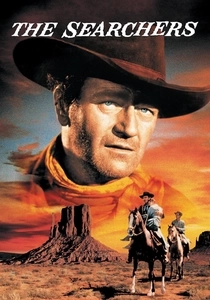
The Searchers (1956)
Description: John Ford's epic about a Civil War veteran's obsessive quest to rescue his niece from Comanche captors, exploring themes of racism and redemption.
Fact: The film's ending was controversial, with some critics arguing it was ambiguous or even bleak.
 Watch Now
Watch Now 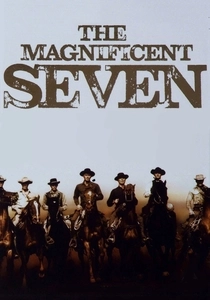
The Magnificent Seven (1960)
Description: This classic western, inspired by Akira Kurosawa's "Seven Samurai," features a group of gunmen hired to protect a Mexican village from bandits. It's a tale of heroism and camaraderie.
Fact: The film was remade in 2016 with Denzel Washington and Chris Pratt, but the original remains a benchmark for ensemble westerns.
 Watch Now
Watch Now 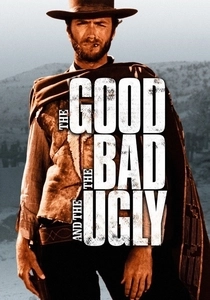
The Good, the Bad and the Ugly (1966)
Description: This Sergio Leone masterpiece is the epitome of the spaghetti western, featuring a trio of gunslingers in search of buried gold. Its iconic score and epic showdowns make it a must-watch.
Fact: The film was shot in Spain, not Italy, and the famous three-way standoff was filmed in one continuous shot.
 Watch Now
Watch Now 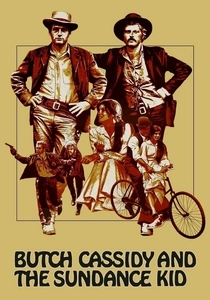
Butch Cassidy and the Sundance Kid (1969)
Description: A light-hearted yet poignant look at the lives of two outlaws on the run, blending humor with the harsh realities of their existence.
Fact: The film was one of the first to use freeze-frame endings, a technique that became popular in the 1970s.
 Watch Now
Watch Now 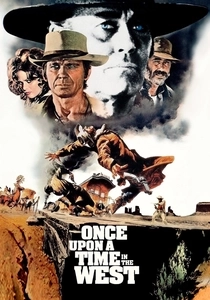
Once Upon a Time in the West (1968)
Description: Another Sergio Leone epic, this film explores the clash between the old West and the encroaching modern era through a tale of revenge and land ownership.
Fact: The film was initially a box office flop in the U.S. but has since been recognized as one of the greatest westerns ever made.
 Watch Now
Watch Now 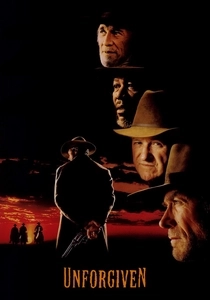
Unforgiven (1992)
Description: Clint Eastwood's directorial and acting prowess shines in this revisionist western about an aging outlaw who takes one last job. It's a gritty, introspective look at the myth of the West.
Fact: Eastwood won his first Best Director Oscar for this film, and it was also the last western to win Best Picture at the Oscars.
 Watch Now
Watch Now 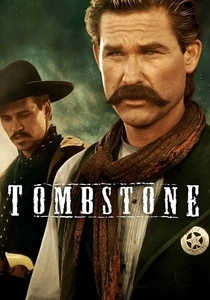
Tombstone (1993)
Description: This film dramatizes the legendary gunfight at the O.K. Corral, focusing on Wyatt Earp and Doc Holliday's fight against the Cowboys gang.
Fact: Kurt Russell and Val Kilmer, who played Earp and Holliday respectively, had a real-life friendship that added depth to their on-screen chemistry.
 Watch Now
Watch Now 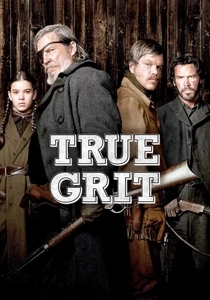
True Grit (2010)
Description: The Coen Brothers' adaptation of Charles Portis' novel tells the story of a young girl hiring a U.S. Marshal to hunt down her father's killer. It's a blend of humor, drama, and stunning cinematography.
Fact: Jeff Bridges was nominated for an Academy Award for his role as Rooster Cogburn, a character originally played by John Wayne.
 Watch Now
Watch Now 
